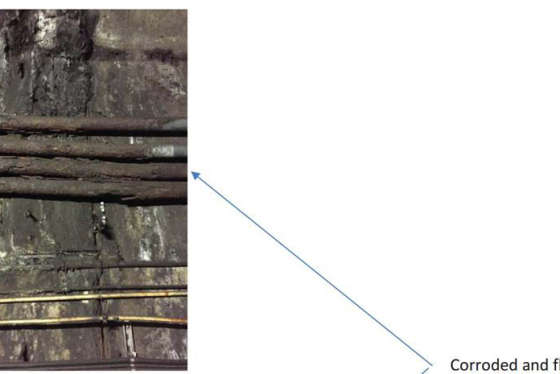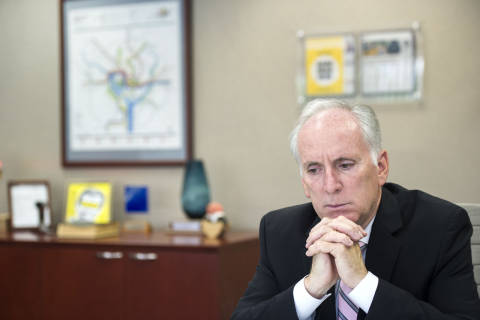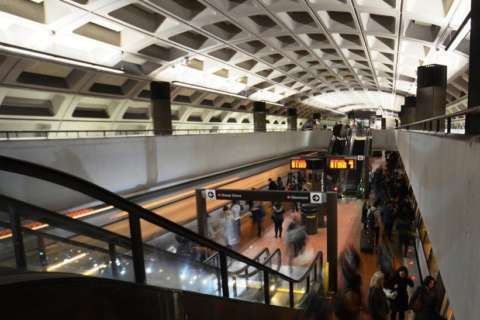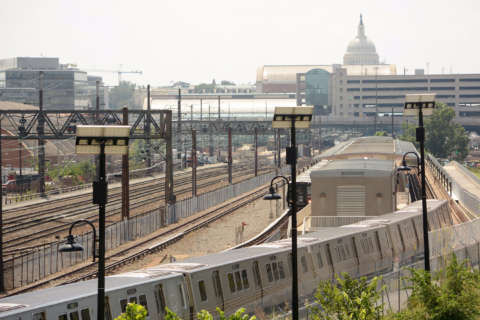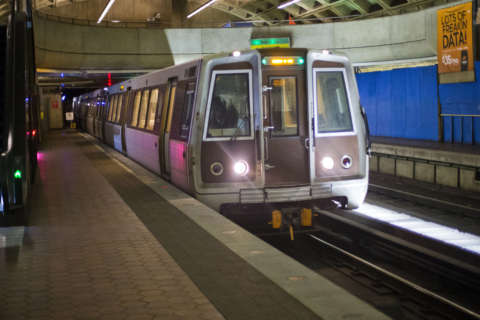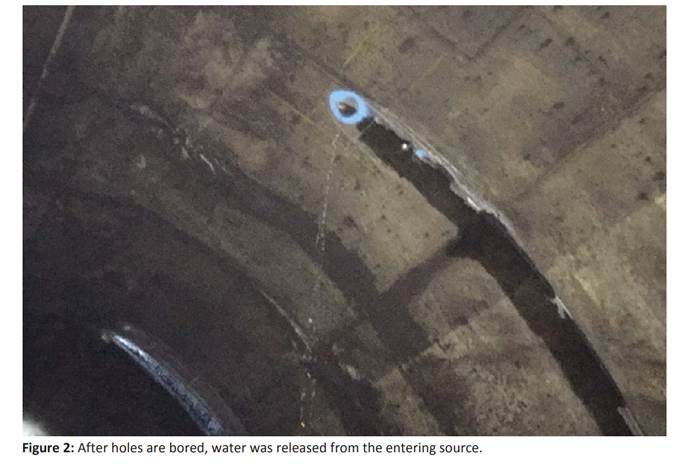
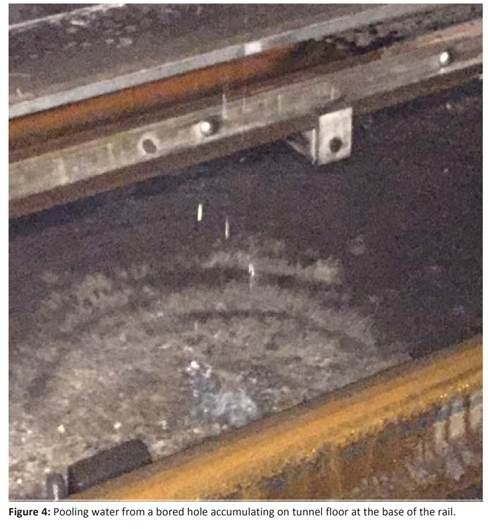
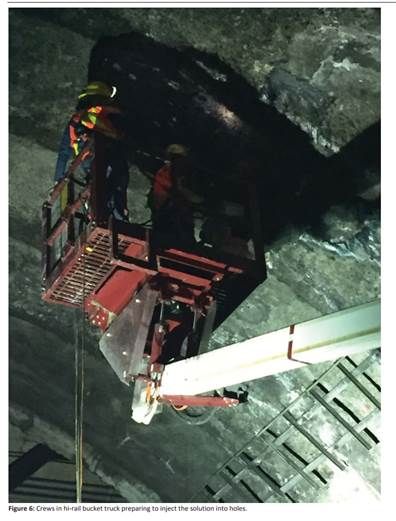
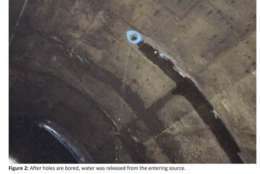
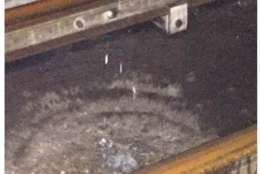
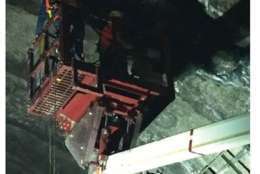
WASHINGTON — Metro is considering more shutdowns of the Red Line through the Bethesda area to expand new efforts to seal up persistent leaks in the tunnel that can contribute to smoke incidents and deteriorating tracks.
Metro is analyzing how the first round of drilled and filled holes in the tunnel walls is holding, General Manager Paul Wiedefeld said, before deciding whether to exercise a contractual option for a second stretch of work.
“Definitely, it’s made a difference, but we’ve got to make a judgment of whether or not we think this is worth further investment or even further testing,” Wiedefeld said. “The early indications are very good.”
The additional work would be in a similar area of the Red Line around Medical Center and Bethesda stations, which have some of the worst water issues of anywhere in the system.
A Federal Transit Administration inspector observed some of the weekend work near Medical Center in late July. The work involved boring 3/4 inch holes through the tunnel and liner into the bedrock where the water seeps in from. Holes near the bottom of the tunnel had a rubber solution injected into them first to force the water to drain out of the holes higher in the tunnel. Eventually, all of the holes had the sealant injected. After the sealant dried, the holes were filled in.
Wiedefeld expects to go back to the area soon to check out the results before making a final decision.
Any additional work would involve more shutdowns like the consecutive Red Line weekend shutdowns for this and other work in July, August and September. Wiedefeld reminded riders that capital projects like that will continue to require shutdowns or single tracking, even after Metro began to scale back round-the-clock work zones this summer.
The sealant could also eventually be used in other tunnels in the system.
Below is a video of the first round of drilling and filling work in tunnel walls.

